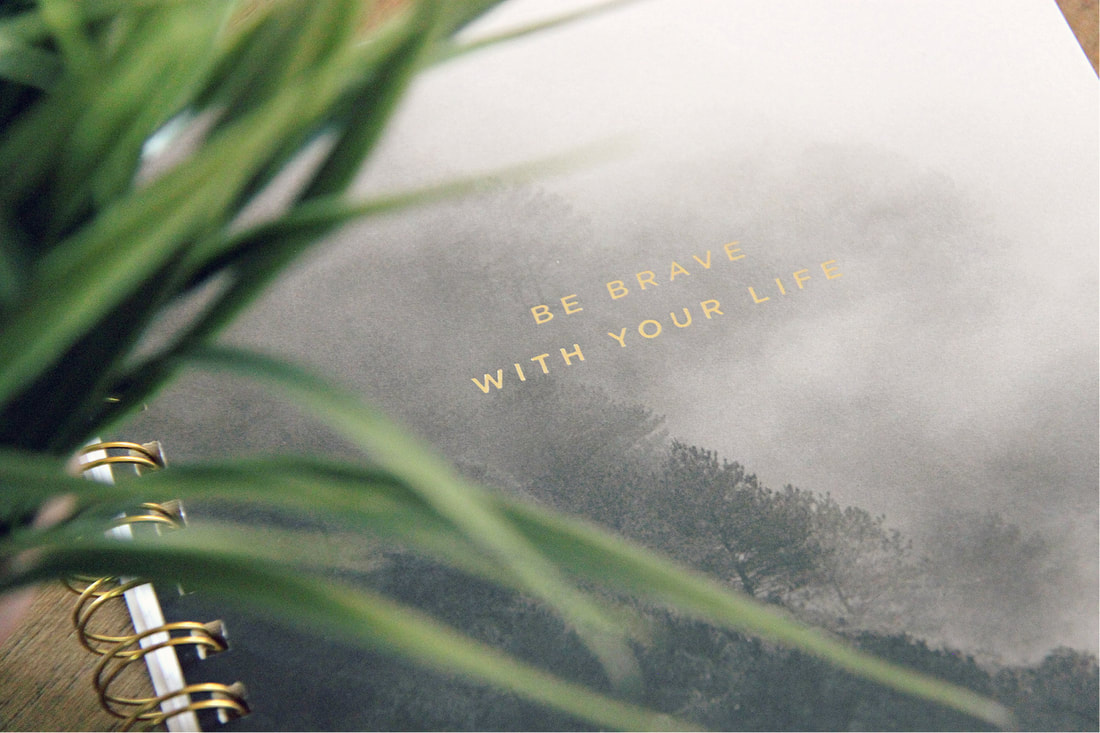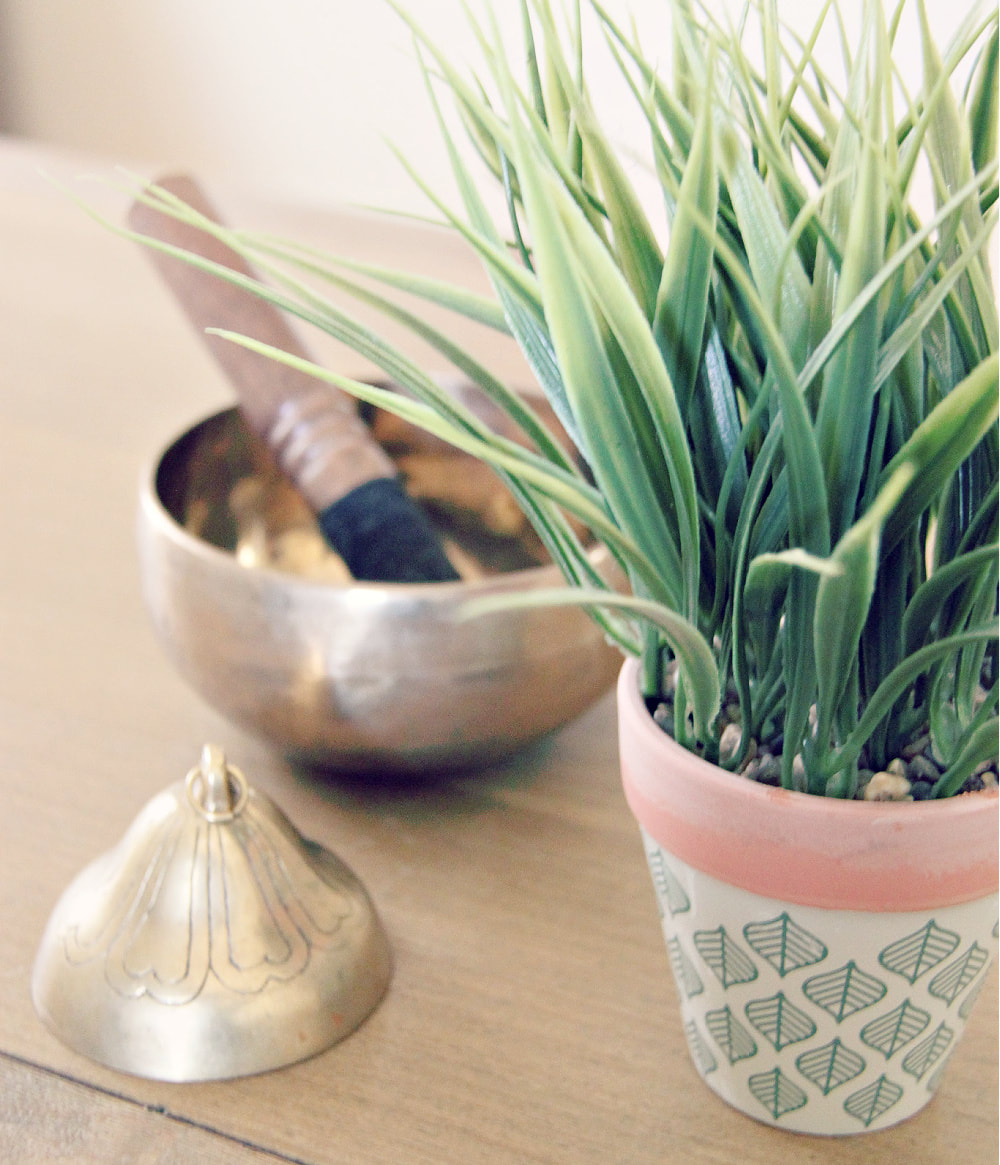|
There's almost nothing worse than feeling like you have no control over a particularly stressful life event or situation. In this post I will cover specific things you can do that will bring you relief. Guaranteed.
First, let's note that feeling the need to be in control is from our ego and from a space of fear, which leads to dis-empowerment. One sure way to find relief is to shift our focus – from “external” to “internal.” Remember, the more we try to change our external circumstances, the more powerless we become. Let me repeat.......the more we try to change our external circumstances, the more powerless we become! The only reason we feel out of control is because we have a certain expectation and things aren't lining up the way we “think” they should. This is true in every single situation. It's a tough pill to swallow I know, but remember, the only thing over which we have complete control is our “thinking” and how we choose to manage our emotions. When we choose to “let go” of our expectations and “trust” the process, we immediately feel a sense of relief, knowing that life is going to unfold the way it's meant to unfold anyway, whether we like it or not. The sooner we “get out of the way” the better. When we let go of wanting to control, something magical happens deep inside of us. We shift from a space of fear into a space of love. Fear and love cannot co-exist. Once we shift from what's going on (wrong) outside of us (fear) to how we feel internally (love) we move from fight or flight mode to that creative space where all of our answers live. This is truly magical and gets us into our zone of genius, and who doesn't want that?
1 Comment
At some point in our lives we would all benefit from either life coaching or therapy
(counseling). Let's take a look at the differences to help you decide what's best for YOU. LIFE COACHING FOCUSES ON: Taking you from where you are now to where you want to be in the future. A good coach will help you identify your core values and help you get “clear” on what you want your life to be like. Basically, they provide you with greater focus and help you to see your “choices” more clearly. They will also help you uncover your greatest, blocks, challenges, or obstacles to set you on your best course of action. A life coach will provide structure, helping you to lay a solid foundation. After all, the answers are already “inside” of you, your coach will help get you back to “your center” where you will discover those answers for yourself. COUNSELING (THERAPY) FOCUSES ON: Therapists will delve more into your past. They will guide you to emotional resolution from your previous issues. A high percentage of my clients have already been in therapy and state how helpful that was at the time, but they are now ready to “move forward” with their life. An example of this would be: Sally battled with anxiety and depression for years and finally started therapy. She was able to identify specific incidents and threads from her past that led her to this downward spiral. After months of having a professional therapist to talk to she got to the point where she no longer needed to go there and felt free and ready to work with her life coach and carve out that vision of her future and create those “extraordinary results” we all long for. In summary, we would all benefit from having a professional life coach or therapist to turn to at some point in our lives. I hope you are now clear on the difference between the two should you ever decide to tap into such services. There are many different types of life coaches and I will cover that in one of my posts in the near future. In the meantime, have you ever thought about working with a life coach? You are about to learn that meditation can be simple, enjoyable, and have lasting, cumulative,
positive effects. Below are 5 easy steps for beginners (or anyone) to follow. Let's get started! First, you'll want to emotionally prepare yourself. How? Simple realize that there is no “right” or “wrong” way to meditate. Go easy on yourself, you can't mess up. Find a comfortable position – all you need to remember is to keep your spine straight (this allows your energy “chi” to flow). You can sit upright in a chair, you can sit on the floor in a cross legged position, or with your legs straight in front of you. You can lie flat on the floor with your knees bent, or not. Just get comfortable! Bring your heart into it. Again, it's simple. Touch one or both hands to your heart. I like to criss- cross mine over the center of my chest. You can also place one hand on your belly and one hand on your heart. This will help you calm down and get centered. Do what feels “natural” to you, again , there is no “wrong” way. Just do something. Take a slow deep breath – then another one. Fill up your belly and then your chest – then do a nice long, slow exhale. You can exhale through your nose or your mouth. Again, do what feels right for YOU. The point is to get you settled in and relaxed. Continue focusing on your breath, eyes closed. No need to clear your mental chatter, just observe it and let it be. Do this for 1 minute or 10 minutes, whatever. Just do it! Now that we've gone through these easy steps of meditation for beginners, watch for more tips and pointers in my future blog posts. Have you thought about trying a “simple” version of meditation for yourself? |



 RSS Feed
RSS Feed